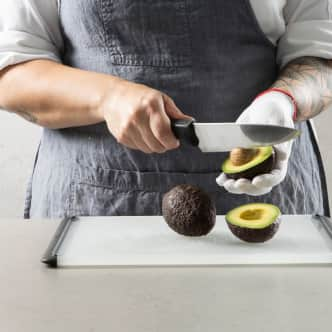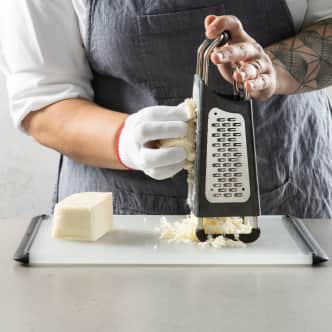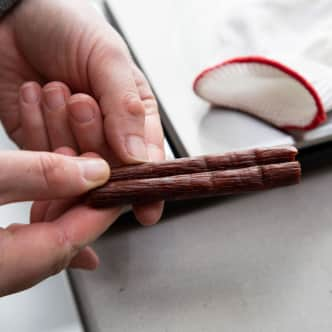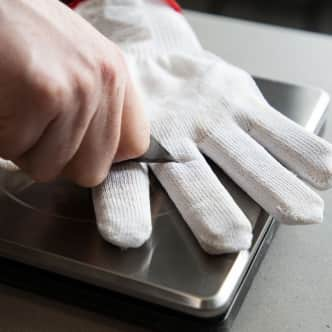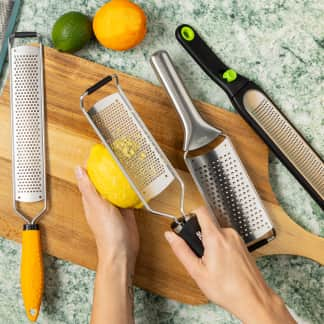If you’ve spent any time at all in the kitchen, there’s a good chance that at some point you’ve cut yourself while breaking down a chicken, skinned a knuckle grating cheese, or sliced a fingernail (or worse) using a mandoline. A sharp blade doesn’t discriminate; injuries are possible even for the most careful or experienced cooks. Made from high-tech engineered fabrics that are stronger than an equal weight of stainless steel, cut-resistant gloves promise to help protect your hands against accidental cuts, providing extra insurance against damage.
That said, there are limits to their powers. As the manufacturers of these gloves are all quick to declare, their products are cut-resistant but not cut-proof, meaning that they can’t entirely eliminate the possibility that you might cut yourself. In short, using a cut-resistant glove does not give you license to adopt reckless or unsafe practices in the kitchen. They’re also not puncture-resistant, so they’re not great for tasks where your hand might slip and cause you to jab yourself, as you might when shucking oysters.


